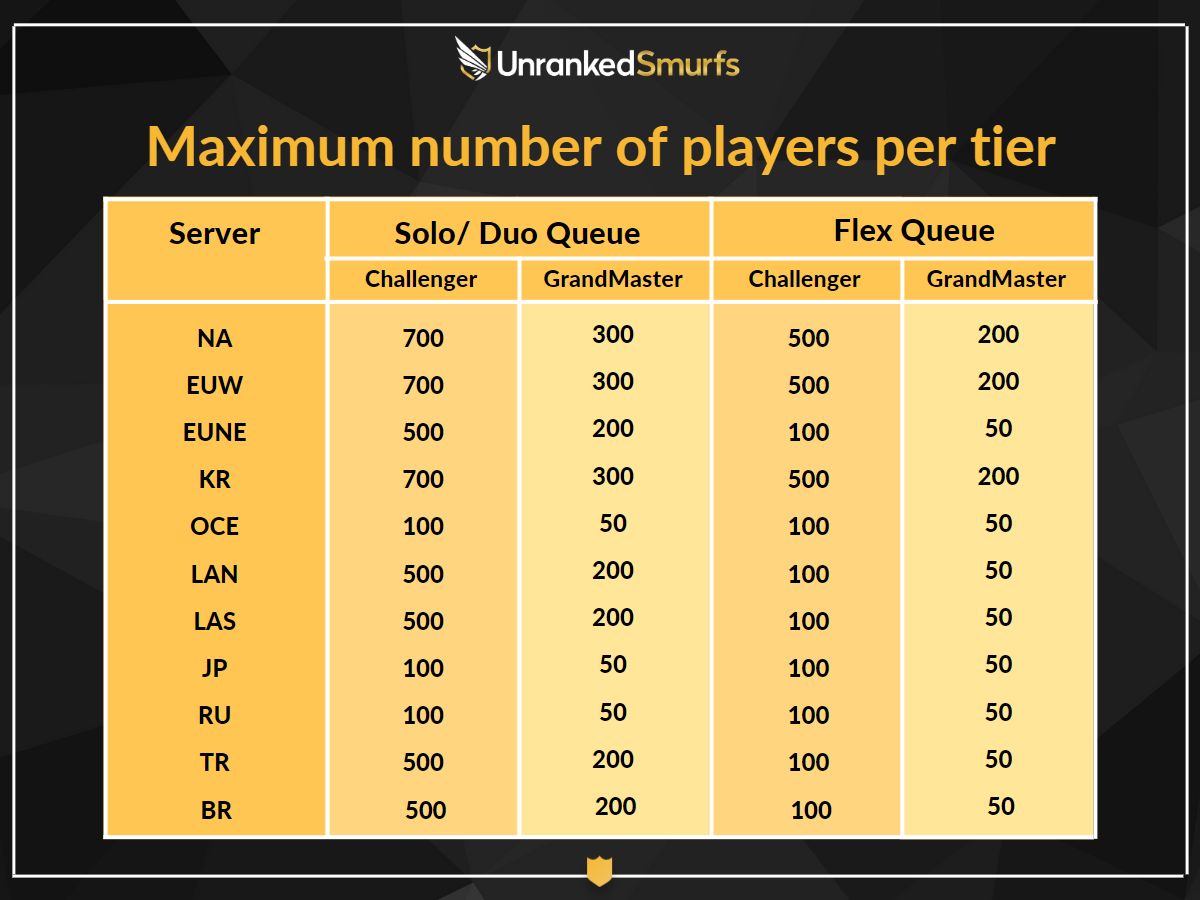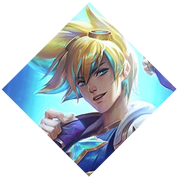
Anyone who has played League of Legends knows it is very competitive. The ranked System in LoL is designed to measure your skill in comparison to every other player. It uses MMR to determine that and places you into appropriate visual representation via Tiers and Divisions. So what is this ranked system, and how exactly does it work? This article will explain any questions you might have about it.
As stated in the introduction, lol's ranked system's primary goal is to evaluate your skill level. The current iteration of the ranked system in League of Legends is based on Tiers and Divisions, generally referred to as your rank, with a hidden metric of MMR (Matchmaking Rating). This system aims to find teammates and opponents that match your skill level and to give each team an approximately 50/50 chance of winning or losing any game.
So why is it important? Well, one obvious reason is for organizations to find the best players. Most, if not all, pro players in League of Legends have been at the top of the ranked ladder before going pro. Other reasons are usually more personal. You may want to prove to yourself that you are good at the game and can climb to X rank by the end of the season. Or maybe you want a more competitive experience and have a higher-quality game. Whatever the reason may be, there certainly is a hunger for the ranked queue that cannot be satiated with normals.
For ease of understanding the ranked system, let's break it down into its parts.
LP stands for League Points. This is the cornerstone of the ranked system. You lose or gain LP based on the outcome of a ranked game. Wins grant you LP to your total, while losses subtract from it. The amount you gain or lose per game depends on your MMR.
MMR or Matchmaking Rating is a number estimating your skill. It determines your position on the ladder and whom you match with. This value is also referred to as ELO in the League of Legends community. A system Riot has used till season 3, which has since been replaced with MMR. It is safe to assume, however, that the ELO rating system still greatly impacts the current ranked system.
The ELO rating system calculates the relative skill of a player initially designed for chess. However, it has since been used in traditional sports and esports. It considers the relative skill of players in a game and awards and subtracts points based on the outcome of a match. After every game, the winner takes points from the loser. It is a comparative rating, not an absolute measure of a player's skill.
The 3 separate systems interact in a unified way that can most visibly be seen through LP gains and losses. If your MMR is too low for your current rank, you will generally lose more LP than you gain. If the opposite is true, you will gain more LP than you lose. If your current rank matches your MMR, you will gain and lose the same amount of LP.
The first ten games of any given season will be placement games for the system to determine an appropriate MMR and place on the ranked ladder for you. If you have been ranked the previous season, you will get a "soft reset" on your MMR and will generally place 1 tier below. If you have never played ranked games, your Normal games MMR will be taken into account instead. Placement games are the only games where you do not lose LP for losses.
After the first ten placement games, you will be put into a ranked tier and division. You will gain and lose LP for games won and lost, respectively.
To promote between divisions, you will need to accumulate 100 LP. The excess will be carried over to your next division. To promote to the next Tier, you will need to reach 100 LP in division 1, upon which you will enter promotional games. You must win 3 out of 5 promotional games to be promoted to the next Tier.
To demote to a lower division you would need to lose a game at 0LP. However, demoting to a lower Tier will usually take consecutive losses at 0LP, depending on your current MMR. It is important to note that Promoting and Demoting for Master and above differs from the rest of the tiers.
This visual represents your MMR and how people would perceive your skill. There are a total of 9 Tiers in League of legends. Below Master, each ranked Tier is further subdivided into 4 divisions. These exist to show you that you are making progress or the opposite.
Even though it's technically not part of the tier system, it is still worth mentioning, as many players are currently Unranked. The exact number of unranked players is unknown.
It is the lowest rank possible and, unsurprisingly, not very populated. It takes a certain amount of talent not to understand the game to such a level. The most peculiar thing about this rank is that it's tough to achieve, and Iron accounts fetch a high price on the account-selling market for their rarity.
Bronze is the second lowest rank in League of Legends. The players in this Tier are bad, but your usual bad. If you've been at this elo for years, climbing out might be very hard. That said, there's nothing remarkable about this particular rank, unlike Iron.
Silver is the most common rank to have of them all, with almost every other player belonging here. So statistically speaking, this is the median skill of all league players.
Gold is the bare minimum rank to reap the rewards of the ranked system. Therefore it is the most sought-after rank in the game. At the end of the season, if you are gold or above, you will get the unique victorious skin.
Platinum is where the casual side of the game ends and the competitive side begins. The players at this elo generally know the meta, are familiar with their champions, and are fully set on climbing. They have a solid understanding of the fundamentals and do their best to execute it.
Even though in the ranked community for league of legends, it's popular to meme on the diamond rank, there's no argument that it is the beginning of the high-end ranks. With only 2% of the total player base reaching this rank, it is an achievement in itself.
Master is the beginning of truly high elo. It was introduced to the game to alleviate the crowding in the diamond tier, and since then has been a staple. Starting from Master, you can no longer play with a premade and the rules of the ranked climb change. You are no longer looking to hit a milestone but try and accumulate as much LP as possible to take someone's place in Grandmaster.
There's a limited number of spots per region (100 to 700). The amount of LP necessary to reach this rank varies between regions. It is an indicator of immense skill on populous servers like EUW or KR. There's a good chance a pro team can scout you if you can constantly hit this rank.
Challenger is the pinnacle of the LoL ranked system. There are even fewer spots allocated per region. If you can reach this rank, it means you are one of the greatest players in League of Legends, and your chances of getting scouted dramatically increase.

Well, now that you know all about the ranked system, you are eager to climb the ranked ladder. How do I increase my rank? Well, there are several things for you to consider.
First things first, play ranked games and see how it goes. The advice of any high elo player would be to play more games and try to improve yourself. Most players in the upper ranks have hundreds, if not thousands, of games per season. It is imperative that these games are not played on autopilot, and you are an active participant in the games you play.
You can seek coaching sessions if you have played hundreds of games and have yet to make much progress. They will help you improve rapidly and achieve the rank you desire. It can't be understated how much easier it is to learn League of Legends with a coach pointing out your mistakes and how to fix them. Of course, coaching can be quite expensive as you usually need more than one session to make progress. However, in most cases, it will be worth it.
If you need more time to play hundreds of games or have reached your skill ceiling, you can always get a boosting service to get the desired rank. Boosting, for those unaware, is a process in which a different person will increase your rank for you for a price. However, it is essential to buy boosts from reputable websites for security reasons as you want to protect your account from an untrustworthy 3rd party. IF you are looking for a trustworthy boosting try ours at BoostingBoss.com
A high rank in League of Legends can drastically increase the value of your account. In the current ranked system, for example, ranked accounts in Master will sell for about 250 USD, whilst similar DIamond accounts will sell for 150. Challenger accounts can fetch up to 1000 USD.
We also must remember that the Victorious skins and chromas increase the market value of the account as well. We are not counting that by playing, you will passively unlock more champions, skins, BE, and other loot that will further increase its value.
To climb you need reliable ping, if you need a help with that check our lol ping fix guide
